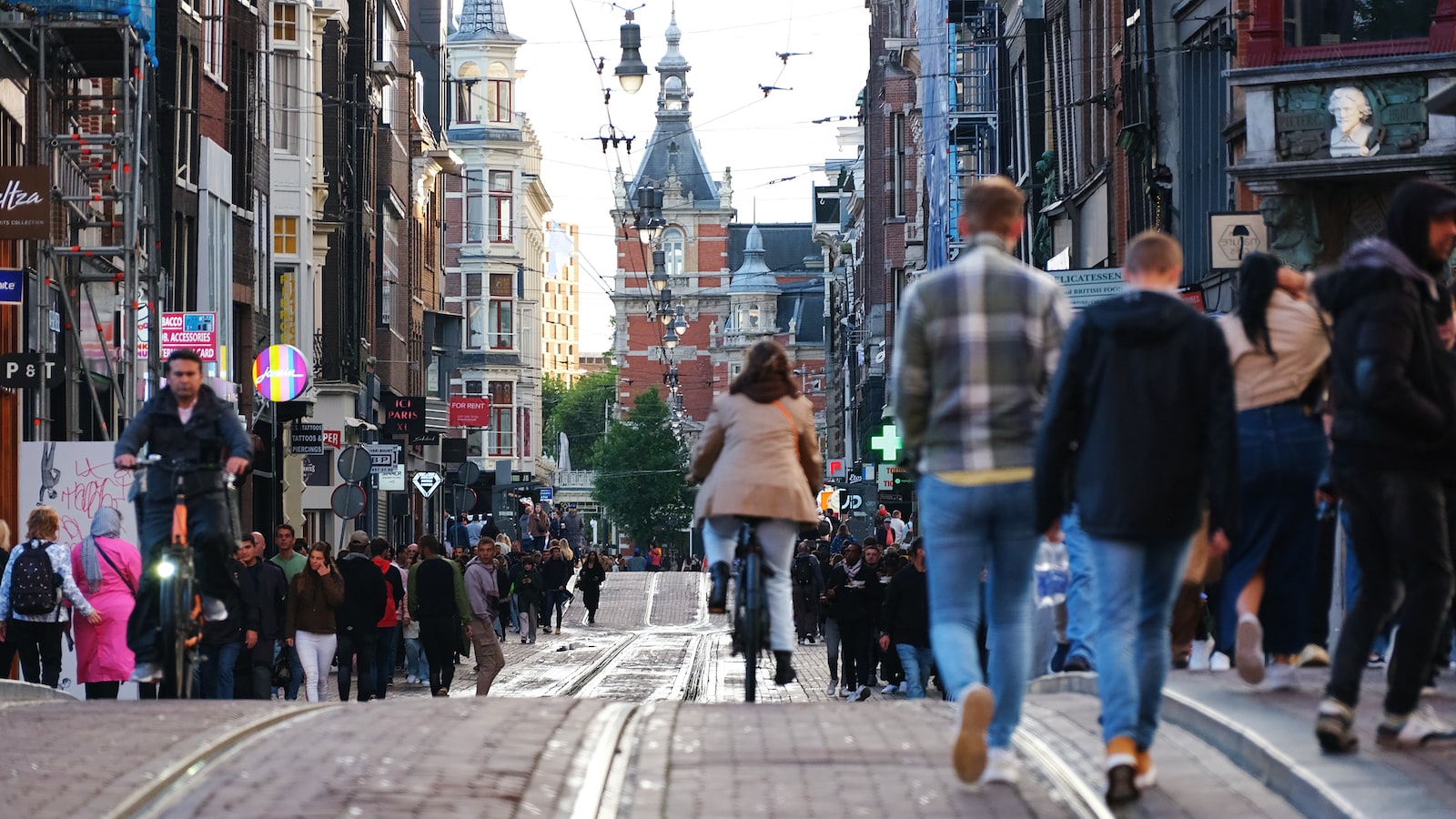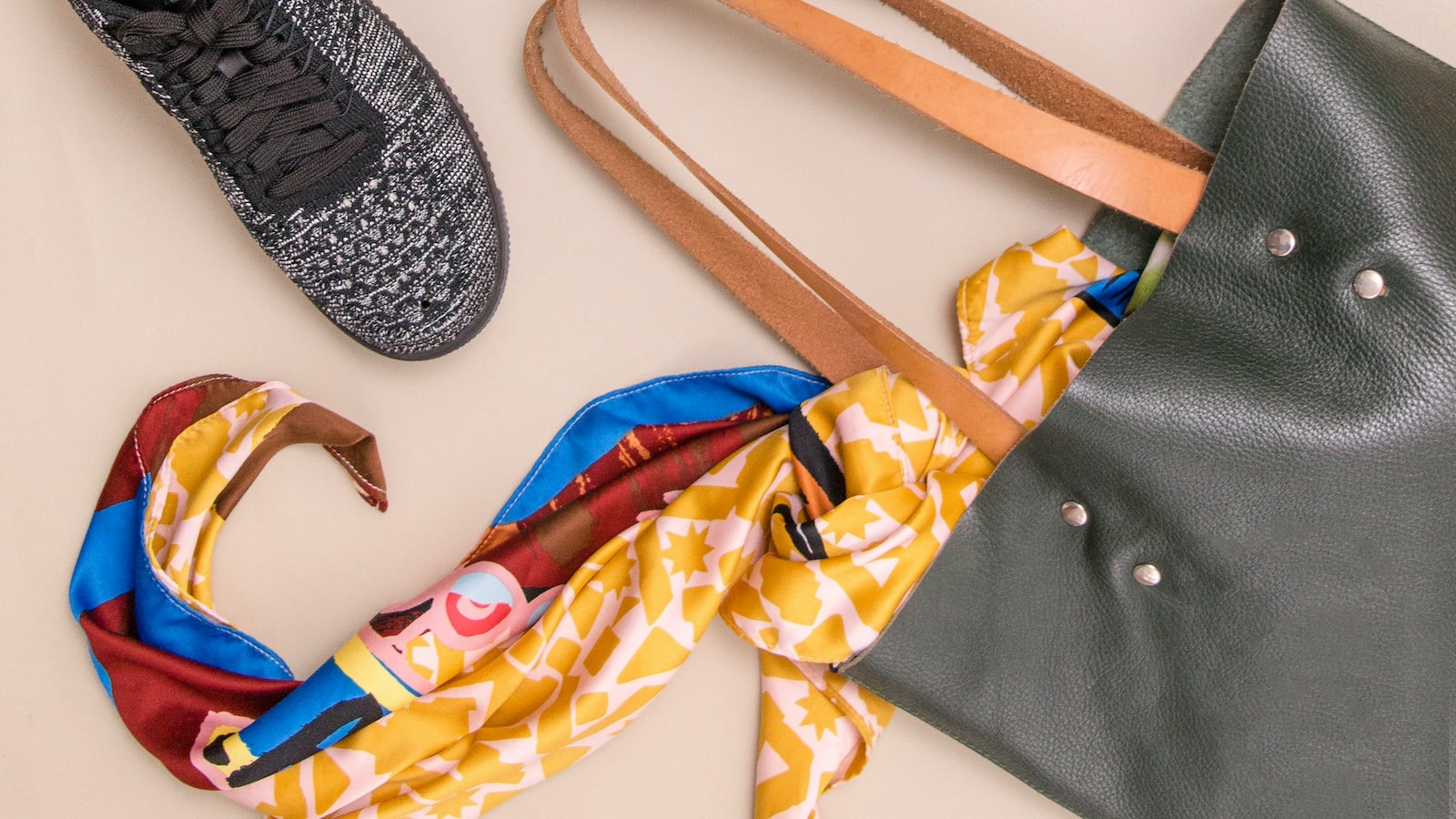From timeless masterpieces like Vincent van Gogh’s sunflowers to the bold and iconic strokes of Piet Mondrian, Dutch creativity has consistently pushed the boundaries of innovation. Nestled in the heart of Europe, the Netherlands has played an instrumental role in shaping the world’s artistic landscape. However, Dutch design encompasses far more than traditional art forms. It seamlessly merges functionality, durability, and aesthetic appeal to create a mesmerizing fusion in architecture, fashion, and industrial design. This article serves as a gateway to the captivating realm of Dutch design, exploring the groundbreaking innovations that have captivated the world’s attention. Join us as we unveil the wonders crafted by Dutch visionaries and delve into a world where imagination knows no bounds.
The Evolution of Dutch Design: A Rich Heritage in Architecture, Fashion, and Industrial Design
The Netherlands has long been renowned for its rich heritage in design, encompassing various disciplines such as architecture, fashion, and industrial design. Its evolution over the years is a testament to the innovative and forward-thinking nature of Dutch designers.
In the field of architecture, Dutch design has admirably blended traditional craftsmanship with modern functionality. From the iconic works of celebrated architects like Rem Koolhaas and Gerrit Rietveld to the picturesque canalside houses in Amsterdam, Dutch architecture reflects a harmonious fusion of form and purpose. Bold geometric shapes, crisp lines, and a thoughtful use of space denote the distinctiveness of Dutch architectural design.
- Industrial Design: Dutch industrial design has consistently pushed boundaries, embracing minimalism and simplicity while prioritizing practicality. From the iconic Droog Design movement, which revolutionized everyday products, to the sleek and ergonomic furniture by designers like Marcel Wanders, Dutch industrial design is renowned for its elegant functionality.
- Fashion: Dutch fashion designers have made a significant impact on the global stage by challenging the conventions and pushing the sartorial envelope. Known for their avant-garde approach and bold experimentation, designers like Iris van Herpen and Viktor & Rolf have carved out a niche for Dutch fashion, blurring the line between art and clothing.
The evolution of Dutch design is not only driven by individual talents but also by a culture that places great emphasis on innovation, sustainability, and collaboration. With a rich heritage firmly rooted in history, Dutch design continues to chart exciting new territories, inspiring and influencing the design world at large.

Revolutionizing Urban Landscapes: Cutting-Edge Architectural Concepts in Dutch Design
In the realm of architectural innovation, Dutch designers are at the forefront when it comes to revolutionizing urban landscapes. With their remarkable creativity and forward-thinking approach, they have introduced cutting-edge concepts that challenge traditional notions of space, sustainability, and functionality. These architectural marvels have breathed new life into cities, blending seamlessly with their surroundings while pushing boundaries and captivating the imagination of residents and visitors alike.
1. Vertical Forests: Dutch architects have embraced the concept of vertical forests, combining the beauty of nature with high-rise structures. These awe-inspiring buildings are adorned with cascading greenery, creating a symbiotic relationship between urban environments and the natural world. Not only do these vertical forests provide a refreshing aesthetic, but they also help combat pollution, improve air quality, and enhance biodiversity. It’s a remarkable fusion of design and sustainability.
2. Adaptive Reuse: Another groundbreaking approach in Dutch architectural design is the concept of adaptive reuse. Rather than tearing down old structures, architects transform and repurpose them into something entirely new, breathing new life into historical buildings and reducing waste. The Dutch have managed to seamlessly blend contemporary design elements with the rich heritage of older buildings, resulting in stunning examples of architectural harmony and revitalization. This approach not only creates unique spaces but also preserves the cultural heritage of a city, honoring its past while looking towards the future.

Fashion Forward: Pioneering Trends and Sustainable Solutions in Dutch Fashion Design
In the world of fashion, the Netherlands is known for its innovative and sustainable approach to design. Dutch fashion designers consistently push boundaries, creating pioneering trends that merge style with sustainability. By utilizing sustainable materials and production methods, they have set new benchmarks in the industry.
One of the key elements that sets Dutch fashion design apart is its focus on incorporating sustainable solutions. Designers are committed to reducing the environmental impact of their creations without compromising on style. From using organic and recycled materials to implementing eco-friendly production techniques, they are at the forefront of the sustainable fashion movement. Bold and unique designs are combined with ethical practices, resulting in fashion that is not only visually stunning but also conscious of its impact on the planet.
- The Netherlands is home to talented fashion designers who combine style and sustainability in their creations.
- These designers employ innovative production techniques to minimize their environmental footprint.
- Organic and recycled materials are prominent in Dutch fashion design, reducing the reliance on fast fashion.
- By establishing a sustainable approach, Dutch fashion designers inspire the global fashion industry.

Innovation at its Finest: Celebrating Dutch Industrial Design Successes
The Netherlands has long been hailed as a global hub for groundbreaking industrial design, and it is time to honor and celebrate the remarkable achievements of Dutch innovators. From sleek furniture to cutting-edge technology, the Dutch have consistently pushed the boundaries of creativity and functionality, setting new benchmarks in the field. With their meticulous attention to detail, passion for sustainability, and commitment to aesthetics, Dutch designers continue to redefine the concept of innovation.
One outstanding example of Dutch industrial design is the mesmerizingly versatile Droog Design collection. Embracing the beauty of simplicity, Droog Design effortlessly combines utility and elegance in everyday items, creating unexpected designs that captivate the imagination. Their iconic “Dry Lamp” showcases how a basic household item can be transformed into a minimalistic work of art, while the innovative “Sticky Lamp” adheres to any surface, instantly illuminating even the most unconventional spaces. Dutch industrial design exemplifies the harmonious union of form and function, delivering products that not only enhance our daily lives but also inspire a sense of wonder and fascination.
In Conclusion
As the curtains close on this captivating journey through Dutch design, we are left in awe of the boundless creativity that the Netherlands has bestowed upon the world. From architecture that embraces the harmony between nature and structure, to fashion that pushes the boundaries of imagination, and industrial design that seamlessly blends form and function, Dutch innovation knows no bounds.
Exploring the distinctively Dutch approach to design has been like stepping into a treasure trove of originality and ingenuity. It is a testament to the unwavering spirit of the Dutch people, who have nurtured and celebrated design as a true art form. From the cobblestone streets of Amsterdam to the modern marvels of Rotterdam, their creative footprint can be found imprinted in every corner of this enchanting nation.
Architecture, the guiding force behind urban landscapes, is a living testament to the Dutch belief that form must not only follow function, but also nature. With breathtaking buildings that seem to pay homage to the wind, water, and the ever-changing sky, the Dutch have found a unique way to harmonize man-made structures with the natural world around them.
In the realm of fashion, Dutch designers have painted their own vibrant strokes, boldly straying from the expected and embracing the extraordinary. Their garments transcend mere clothing, offering a statement, a narrative, and sometimes, even a social commentary. Through avant-garde designs and daring experimentation, Dutch fashion has carved its own niche in the global style sphere.
On the industrial design front, the Dutch have become pioneers of marrying aesthetics with functionality. From sleek furniture pieces that double as works of art, to everyday objects reimagined with a touch of elegance, Dutch designers have a knack for turning the ordinary into something extraordinary. Their commitment to practicality without compromising visual allure is unrivaled.
As we bid farewell to the realm of Dutch design, we carry with us a renewed appreciation for the power of imagination. The Dutch have taught us that innovation doesn’t have to be rocket science; it can be found in the subtlety of a curve, the harmony of colors, or the unexpected pairing of materials.
From the shores of the Netherlands, this creative wave touches every corner of the globe, inspiring designers, architects, and artists alike to push boundaries, break molds, and forge new paths. Dutch design is not just a trend; it is a mindset, a philosophy that challenges us to think differently, to reimagine what is possible.
So, as we conclude this exploration of Dutch design, let it be a reminder that creativity knows no boundaries. Whether it is in the grandeur of architecture, the audacity of fashion, or the elegance of industrial design, Dutch innovation has left an indelible mark on the world, forever igniting passion in the hearts of those who dare to dream.

